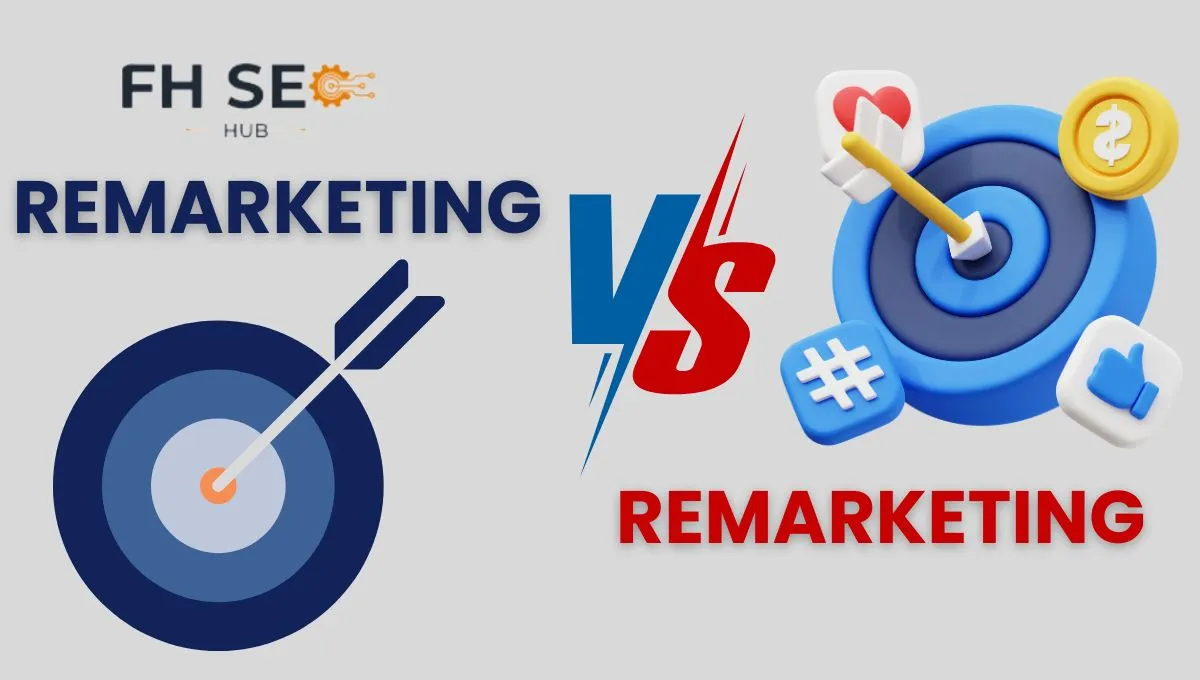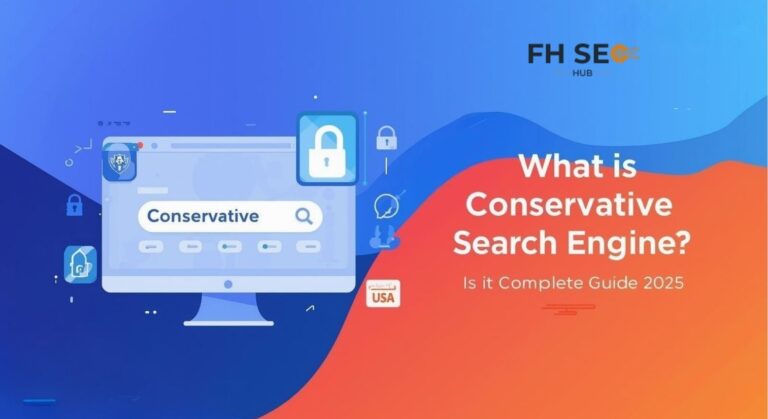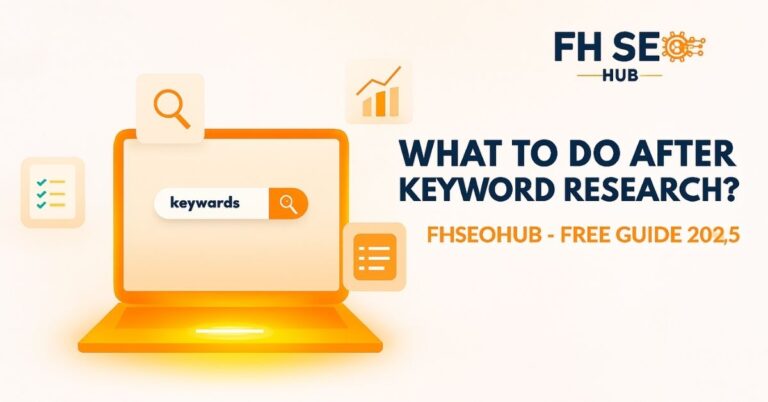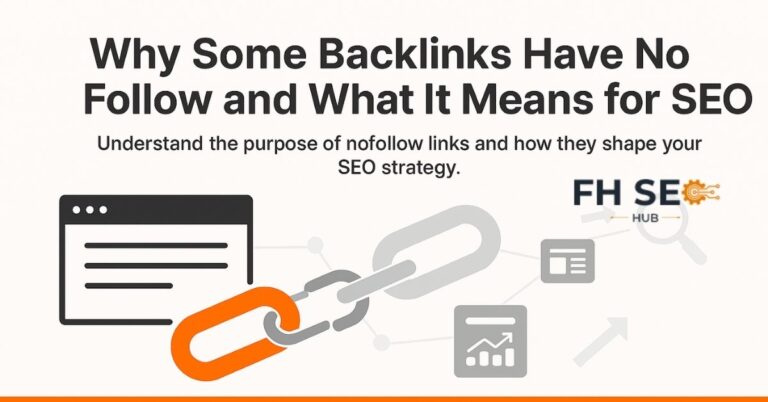Retargeting vs Remarketing | What’s the Best Way to Reach Ideal Users Online?

Stepping into a digital marketing meeting, you’ll often hear a quiet, recurring debate: Retargeting vs Remarketing. It has become a hot phrase in digital marketing, sparking debates among brands and advertisers.
The terms sound alike, but they’re not the same, and mixing them up can cost you valuable customers.
Although both strategies aim to reconnect with potential customers, the real question is: which approach drives stronger engagement and conversions for your business?
Let’s dive deeper into what sets them apart.
What is Retargeting?
Retargeting is a tactic to bring back anonymous visitors who interacted with your website or app but didn’t convert.
It works by placing a small, unobtrusive piece of code (a pixel or cookie) on your website. When a new user visits your site, this code drops an anonymous browser cookie.
Later, as that user browses the web, the cookie will trigger your ads to be shown on other sites they visit, such as social media platforms.
The core strength of retargeting is its ability to keep your brand top of mind for potential customers. It’s about continuing the conversation with anonymous, high-intent traffic.
What is Remarketing?
Traditionally, remarketing focuses on re-engaging existing or past customers, primarily through email.
This strategy involves collecting user information, like an email address, and using it to send targeted communications.
Think of the email you receive after abandoning a shopping cart, or a follow-up with a special offer after a purchase.
Remarketing is less about reaching anonymous browsers and more about nurturing the relationship with people you already know. The goal is to drive repeat business and build brand loyalty.
What Is The Similarity and Difference between Remarketing and Retargeting?

The lines have blurred primarily because advertising platforms, most notably Google Ads, use the term “remarketing” for what is technically retargeting.
When you create an audience of website visitors to show display ads to, Google calls this a remarketing list.
Furthermore, modern ad platforms now allow you to upload customer email lists to target those specific users with ads.
This practice aimed at blending the direct contact of remarketing with the ad-based approach of retargeting. This overlap in platform terminology and functionality is the main source of confusion.
Retargeting vs. Remarketing | 4 Key Differences
| Feature | Retargeting | Remarketing |
| Primary Tactic | PaidDisplay adsSocial media ads | UnpaidEmail marketingDirect messaging |
| Target Audience | Anonymous website/app visitors (potential customers) | Known contacts, past customers |
| Core Goal | ConversionBrand awarenessLead nurturing | Customer retention Upselling Cross-selling, loyalty |
| Mechanism | Browser cookiesTracking pixels | Customer lists (e.g., email addresses) |
The Similarities Between Remarketing and Retargeting
Despite their differences, both strategies are built on the same fundamental principle: marketing to a “warm” audience is more effective than marketing to a “cold” one.
| Feature | Retargeting | Remarketing |
| Audience Type | Targets warm audiences who’ve interacted with your website/app. | Targets audiences from existing customer lists |
| Objective | Re-engage users and encourage them to take their first conversion. | Re-engage users and encourage repeat actions, such as renewals, upsells, or loyalty programs. |
| Conversion Focus | Aims to lift sales, sign-ups, or other key actions through ads. | Aims to lift sales, renewals, or repeat purchases through direct outreach. |
| Brand Impact | Builds recognition by showing relevant ads across sites and platforms. | Builds recognition through consistent messaging (e.g., emails, reminders). |
| Funnel Role | Customer retention through the funnel after initial interest. | Customer retention through the funnel for long-term value. |
| End Goal | Higher ROI by converting browsers into buyers. | Higher ROI by turning buyers into loyal, returning customers. |
When to Use Retargeting and Remarketing | Practical Guide for Marketers:
Both digital marketing styles serve different moments in the customer journey. Retargeting is about turning first-time interest into action, while remarketing focuses on nurturing and strengthening relationships. Together, they cover the full path from click to loyalty.
Retargeting Use Cases:
Retargeting is most effective for guiding potential customers toward their first conversion. It’s your chance to remind, re-engage, and give them that final push to take action. It uses the following tactics:
- Shopping Cart Abandonment:
A user adds a product to their cart but leaves. You can retarget them with a display ad featuring that exact product, perhaps with a “Complete Your Purchase!” call-to-action.
- Product Page Viewers:
Someone views a specific product page but doesn’t add it to their cart. Retargeting ads can show them that product again, or similar items, as they browse other sites.
- Lead Nurturing:
A user downloads a whitepaper from your B2B site. You can retarget them with ads for a related webinar or a free demo to move them closer to a sales conversation.
Remarketing Use Cases
Remarketing shines when you want to build on an existing customer relationship. It’s less about the first sale and more about keeping the connection alive. Remarketing commonly use the following cases:
A customer buys a camera. A week later, you send them a remarketing email offering a discount on lenses and camera bags.
- Subscription Renewals:
A customer’s annual software subscription is about to expire. You send a series of reminder emails encouraging them to renew, perhaps highlighting new features.
- Re-engaging Lapsed Customers:
You identify customers who haven’t purchased in six months. A “We Miss You!” remarketing email with a special 15% off coupon can entice them to come back.
Common Mistakes to Avoid in Your Retargeting & Remarketing Campaigns:
Here are some common mistakes that result in not achieving expected ROI. Avoiding these common mistakes can help you boost your ROI and keep potential customers engaged. What are those? Check below for remarketing and retargeting separately.
Must To avoid Mistakes during Retargeting to Save Marketing Budget:
Wasting ad spend is a common problem in digital marketing. Here’s how you can save your budget by avoiding key mistakes:
- Over-saturating Your Audience
Showing the same ad too frequently can lead to ad fatigue and annoy potential customers. Use frequency capping to limit daily impressions per user.
- Not Segmenting Your Audience
Don’t treat all visitors the same. Segment your lists based on behavior (e.g., cart abandoners vs. homepage visitors) and tailor your ad creative accordingly.
- Forgetting to Exclude Converters
One of the biggest mistakes is continuing to show conversion-focused ads to someone who has already made a purchase. Exclude recent buyers from your campaigns.
Mistakes to Avoid for Effective Marketing Campaigns while Remarketing:
Remarketing campaigns require careful execution and avoiding mistakes to drive conversions successfully. Here, we outline some of the most common blunders to ensure your efforts are as effective as possible.
- Sending Generic Emails
Personalization is key. Use the data you have about past purchases and behavior to make your emails as relevant as possible. A generic blast is a wasted opportunity.
- Ignoring the Customer Lifecycle
Sending an upsell offer immediately after a purchase can feel pushy. Time your campaigns based on when a customer would logically need your product or service again.
- Making Unsubscribing Difficult
Hiding the unsubscribe link or having a complicated process will only frustrate users and could get your emails marked as spam.
Final Verdict:
When it comes to retargeting vs remarketing, it’s not about picking a winner — it’s about using both together for maximum impact.
Retargeting is your tool for turning anonymous visitors into first-time customers. Remarketing is your tool for transforming those customers into loyal, repeat buyers.
A complete digital strategy uses retargeting to fill the funnel and remarketing to nurture customer relationships.
Ready to turn a little digital “stalking” into profitable sales? Let’s build together a retention marketing strategy that truly converts.
FAQs
What is the difference between customer retention and remarketing?
Customer retention is the overarching goal or strategy of a business to build long-term loyalty and repeat business, while remarketing is a tactic used to re-engage past customers.
What is display and search retargeting?
Display retargeting involves serving visual banner ads on other websites that the user visits. In contrast, search retargeting involves showing specific search ads to people who have previously visited your site.
Which platforms and services are best for retargeting?
The most common retargeting platforms include Google Ads and social media networks like Meta. Many specialized retargeting services also exist to help manage your campaigns across these platforms.






